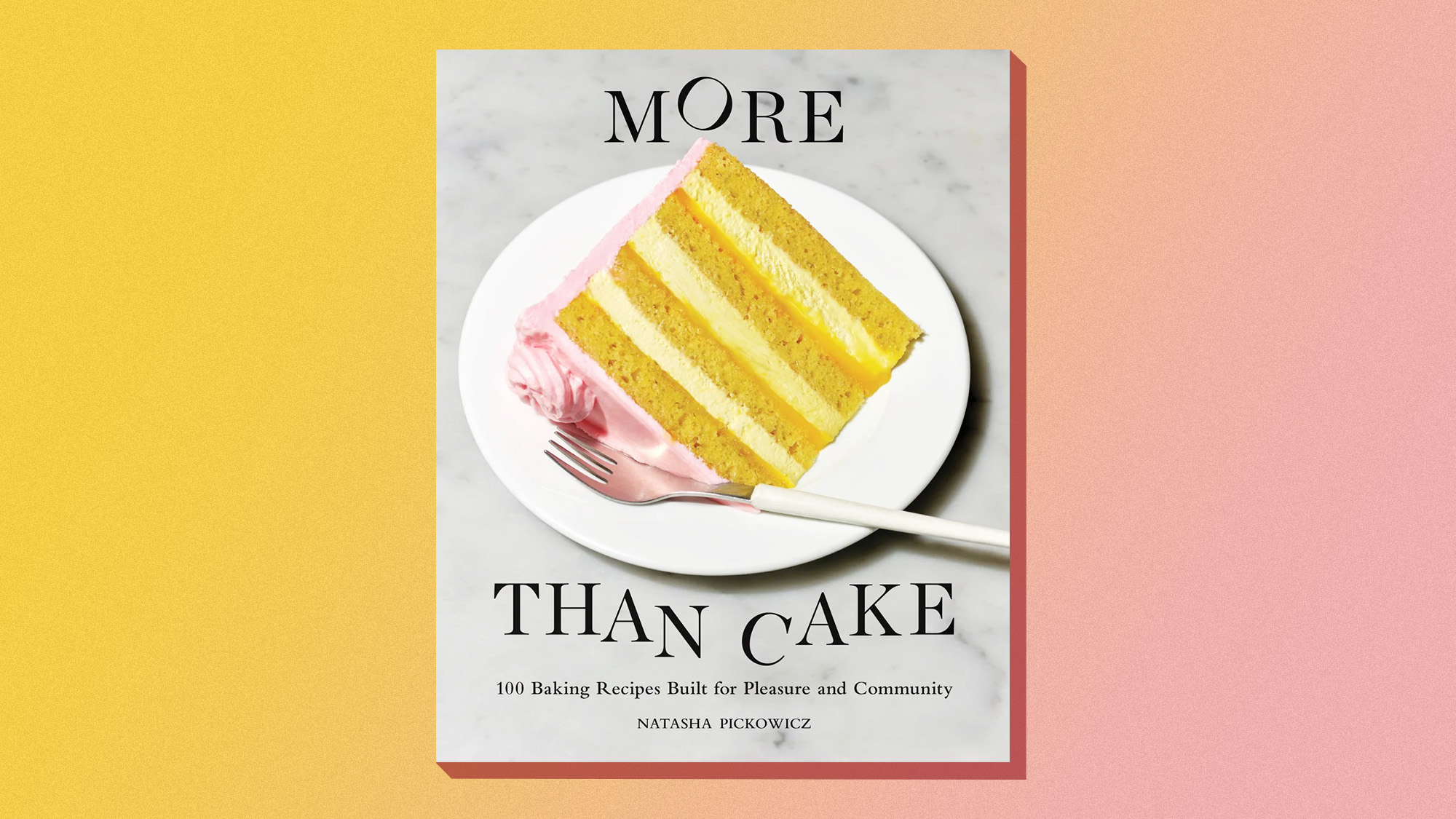WATCH: The amazing SpaceX rocket that can blast off... and come right back
"That is rocket science"


Former PayPal mogul Elon Musk's SpaceX has reached another major milestone in the private sector's space race.
SpaceX designed a 10-story Falcon 9 rocket — called the Grasshopper — capable of blasting off and then immediately descending back to Earth. The rocket already showed earlier this summer that it can go up hundreds of yards and then come back down — but this week it successfully maneuvered 100 yards to the side, then used special navigation sensors to return safely and precisely back to the launch pad.
Tech writers were duly impressed. "That is rocket science," says Jason Paur at Wired. "The really cool kind of rocket science." Forget Musk's recently unveiled design for a supersonic "Hyperloop" mass transit system on Earth, Paur says, because this is "far cooler."
The Week
Escape your echo chamber. Get the facts behind the news, plus analysis from multiple perspectives.

Sign up for The Week's Free Newsletters
From our morning news briefing to a weekly Good News Newsletter, get the best of The Week delivered directly to your inbox.
From our morning news briefing to a weekly Good News Newsletter, get the best of The Week delivered directly to your inbox.
SpaceX's test isn't just fun to look at, though. It also marks a significant leap forward in the company's effort to build reusable rockets capable of getting payloads and, eventually, people into orbit more efficiently.
As Alex Knapp at Forbes explains, "a reusable rocket is an important part of making space travel less expensive in the future. But it's equally important that the rocket return to where it launched from — or at least know exactly where it's going to land."
Critics, however, question whether carrying the fuel necessary for such return maneuvers is worth the risk and expense. Traditional rockets simply burn up in the atmosphere after use. Musk, however, says that reusing rockets is essential to improving the economics of delivering payloads into orbit. Here's Wired's Paur again:
There aren't, at the moment, any rockets in use capable of the kind of lateral maneuvers SpaceX showed off Tuesday. Some smaller rockets have done it, but none of them even approaches Grasshopper's size. The ability to make significant corrections to the trajectory is a key part of developing a reusable rocket, as the first stage will return to Earth at hypersonic speed. The only way to decrease its lateral speed, and guide it to a landing site, is through such moves. [Wired]
Despite this leap, though, the Grasshopper still has a way to go. "The system will have to go significantly higher if it's to be of use to NASA," says Chris Davies at Slashgear. The next version of the rocket is due to be unveiled sometime after October 2013. It will be 160 feet tall, with nine of the engines of the Falcon 9-R rocket, rather than the current version's single engine. The next Grasshopper is expected to eventually fly to heights of 300,000 feet, launching from a pad at Spaceport America, New Mexico.
A free daily email with the biggest news stories of the day – and the best features from TheWeek.com
Harold Maass is a contributing editor at The Week. He has been writing for The Week since the 2001 debut of the U.S. print edition and served as editor of TheWeek.com when it launched in 2008. Harold started his career as a newspaper reporter in South Florida and Haiti. He has previously worked for a variety of news outlets, including The Miami Herald, ABC News and Fox News, and for several years wrote a daily roundup of financial news for The Week and Yahoo Finance.
-
 ‘The menu’s other highlights smack of the surreal’
‘The menu’s other highlights smack of the surreal’Instant Opinion Opinion, comment and editorials of the day
-
 Education: More Americans say college isn’t worth it
Education: More Americans say college isn’t worth itfeature College is costly and job prospects are vanishing
-
 One great cookbook: ‘More Than Cake’
One great cookbook: ‘More Than Cake’the week recommends The power of pastry brought to inspired life
